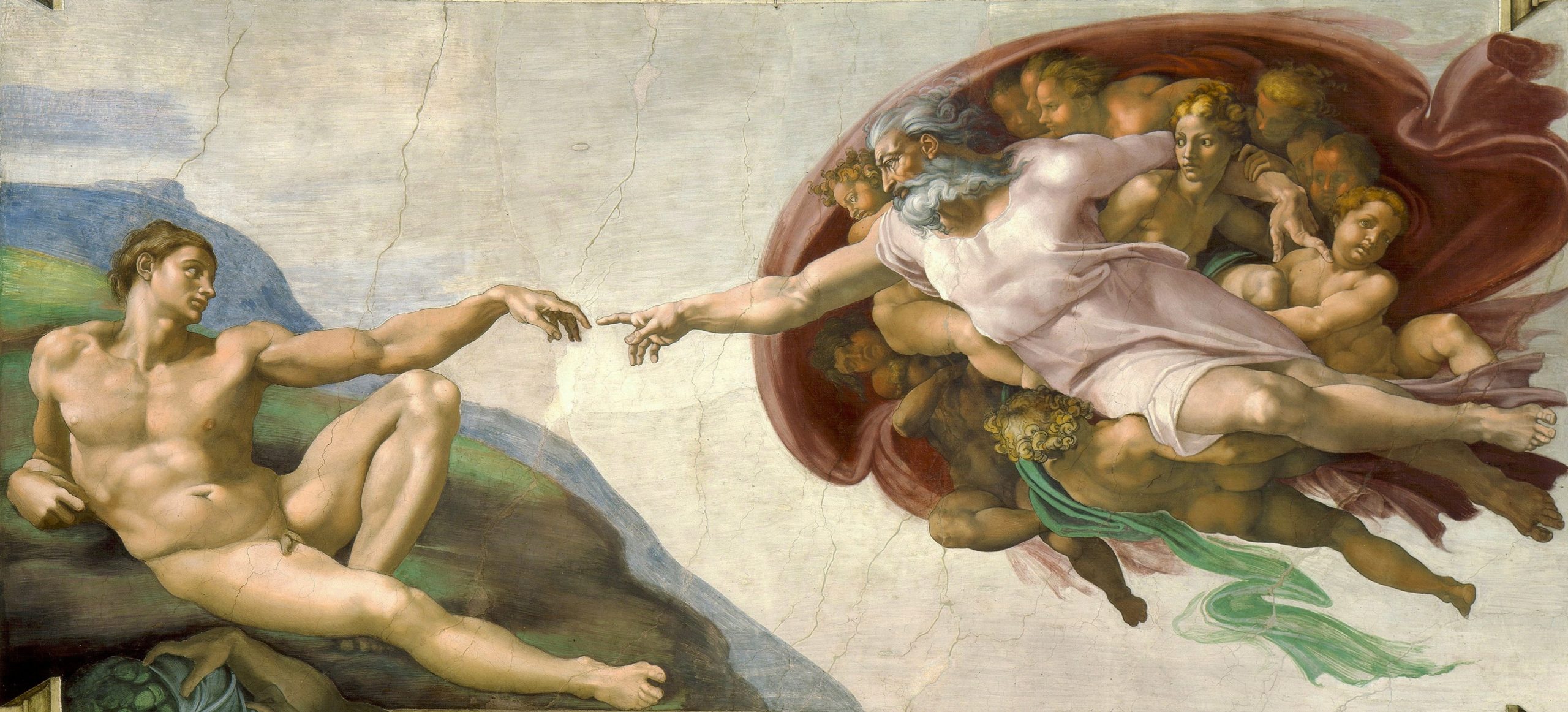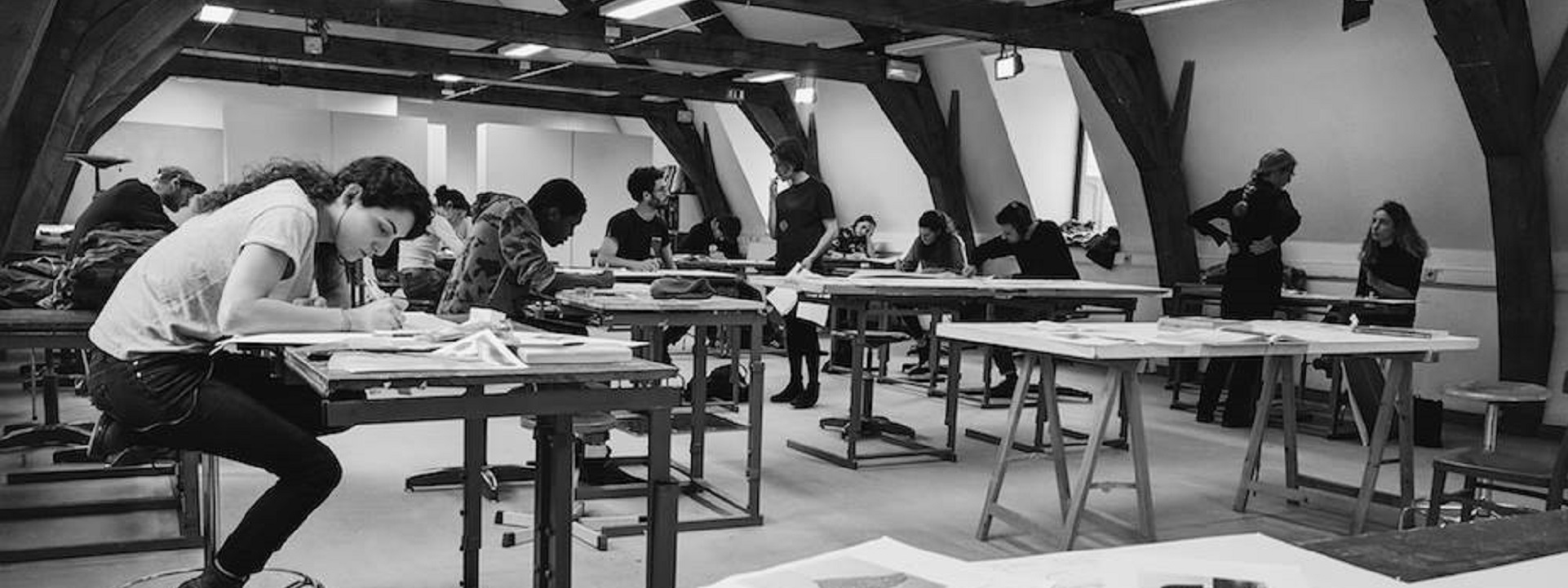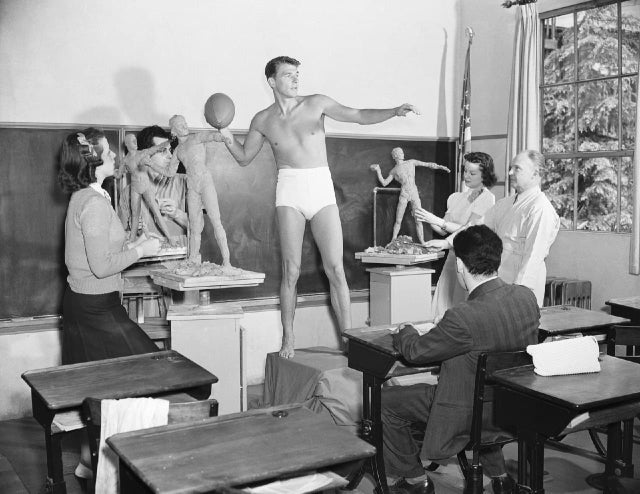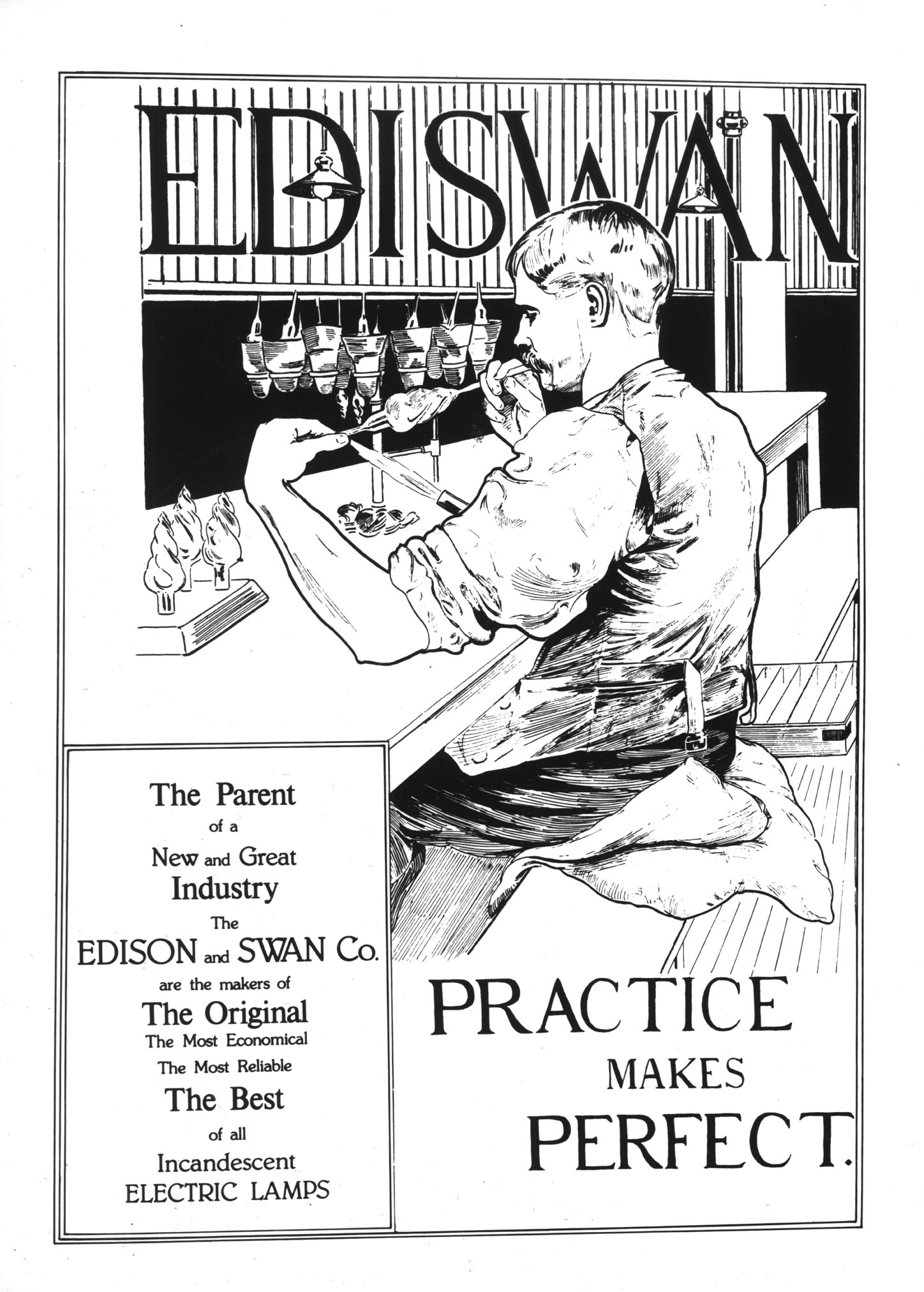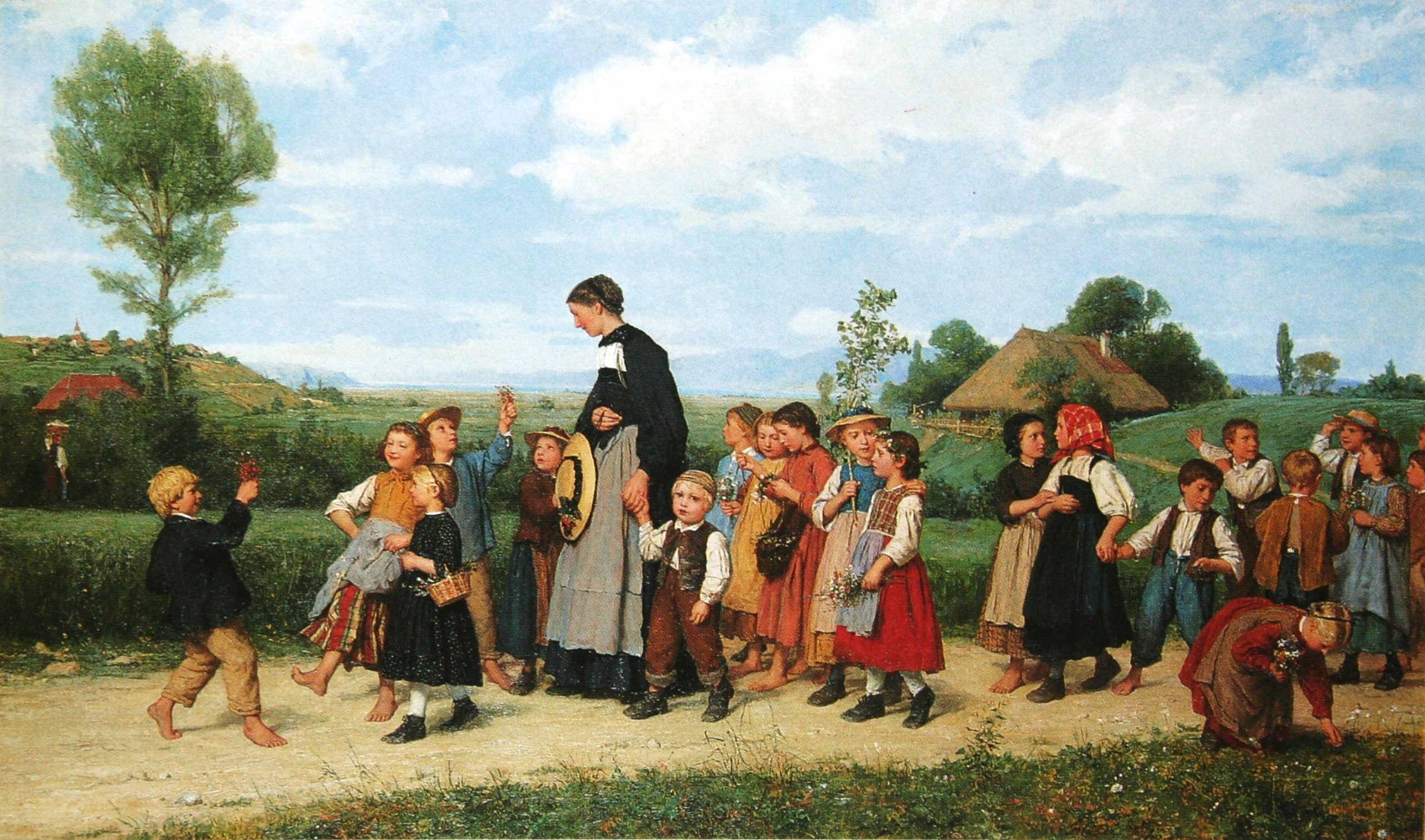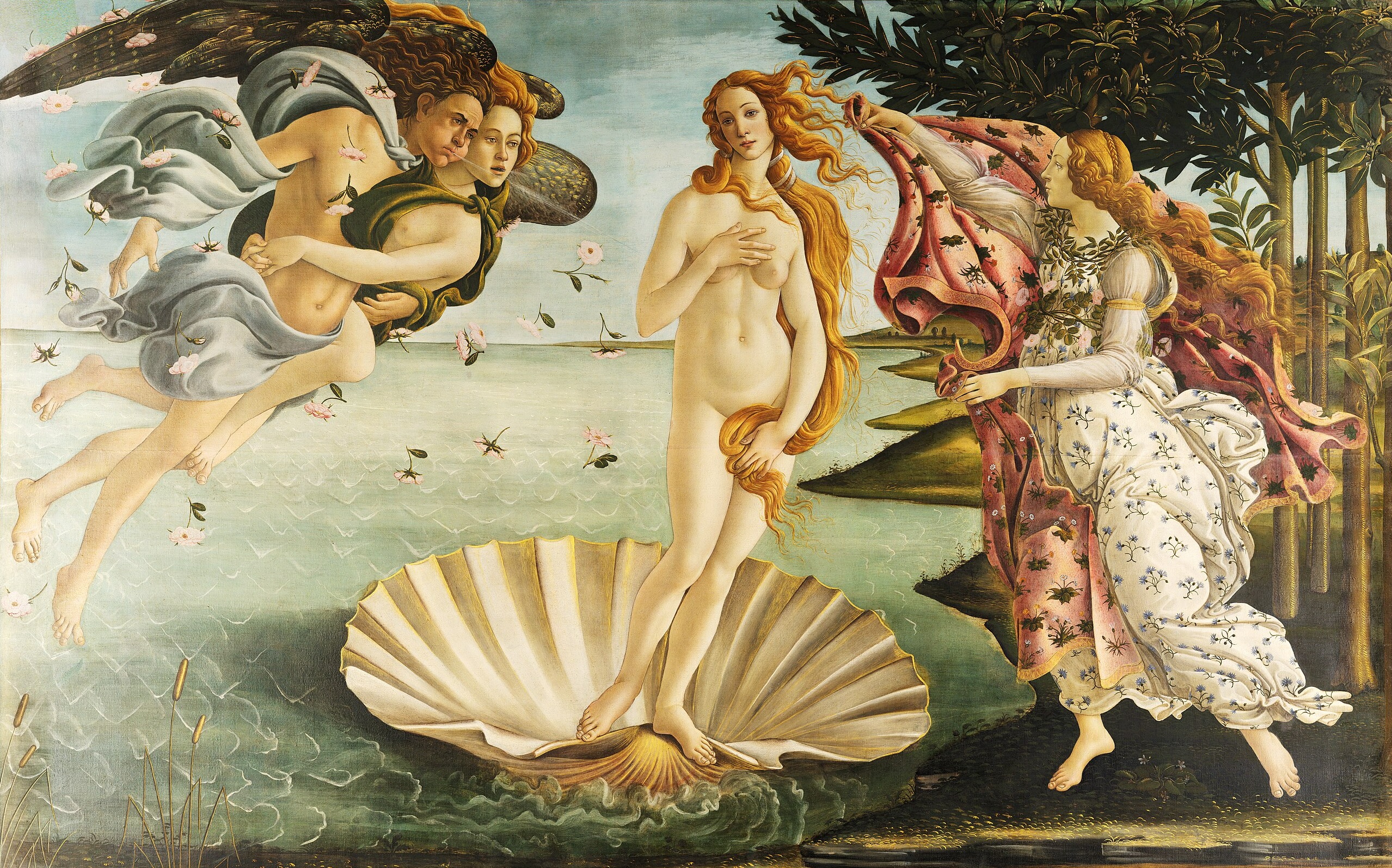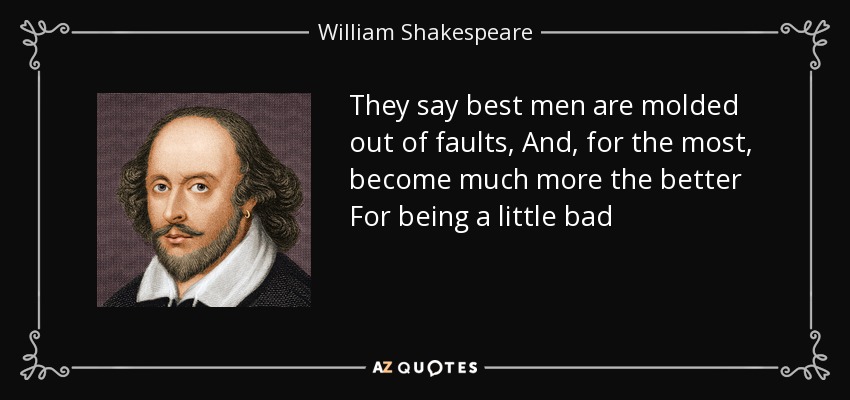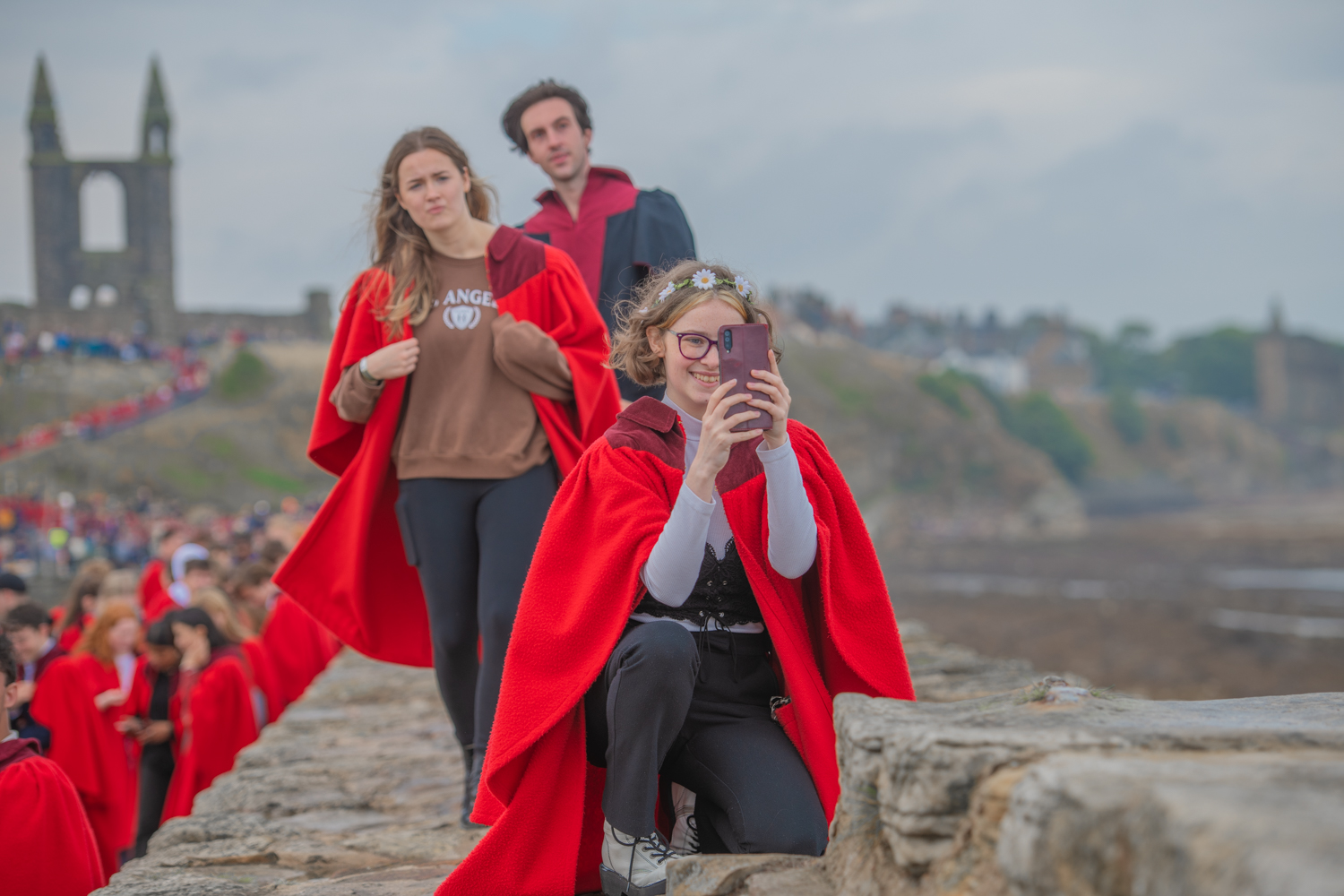There are written fine arts standards that have been developed by various organizations and educational bodies. These standards provide a framework for what students should know and be able to do in the arts at different grade levels. Here are a few examples of fine arts standards:
National Core Arts Standards: The National Core Arts Standards were developed by the National Coalition for Core Arts Standards and outline what students should know and be able to do in dance, media arts, music, theater, and visual arts at different grade levels.
State Fine Arts Standards: Many states have their own fine arts standards that are aligned with the National Core Arts Standards but may be tailored to reflect the unique needs and priorities of the state; e.g., State of Ohio Fine Art Standards
International Baccalaureate Arts Standards: The International Baccalaureate (IB) program offers arts standards as part of their curriculum framework for the arts. These standards are designed to develop students’ creative and critical thinking skills in the arts.
Arts Education Partnership National Standards for Arts Education: The Arts Education Partnership has developed national standards for arts education that cover the four major artistic disciplines: dance, music, theater, and visual arts.
Today at 15:00 UTC we drill into the technical specifics that contribute to the safety and sustainability of spaces used for the teaching, practice and
display of the fine arts. These occupancies are typically at greater risk than classrooms because they usually contain volatile fluids for artistic painting
or biologic specimen preservation, kilns for pottery, fabrics and related machinery for teaching fashion design and practice.
🌤️🌺⛲🌳 pic.twitter.com/bRL7eIY4gg
— Cranbrook Academy of Art (@cranbrookart) July 3, 2023
An evening well spent. pic.twitter.com/f54rKqGzLM
— Archie Goodwin (@ArchieG1946) July 20, 2024


